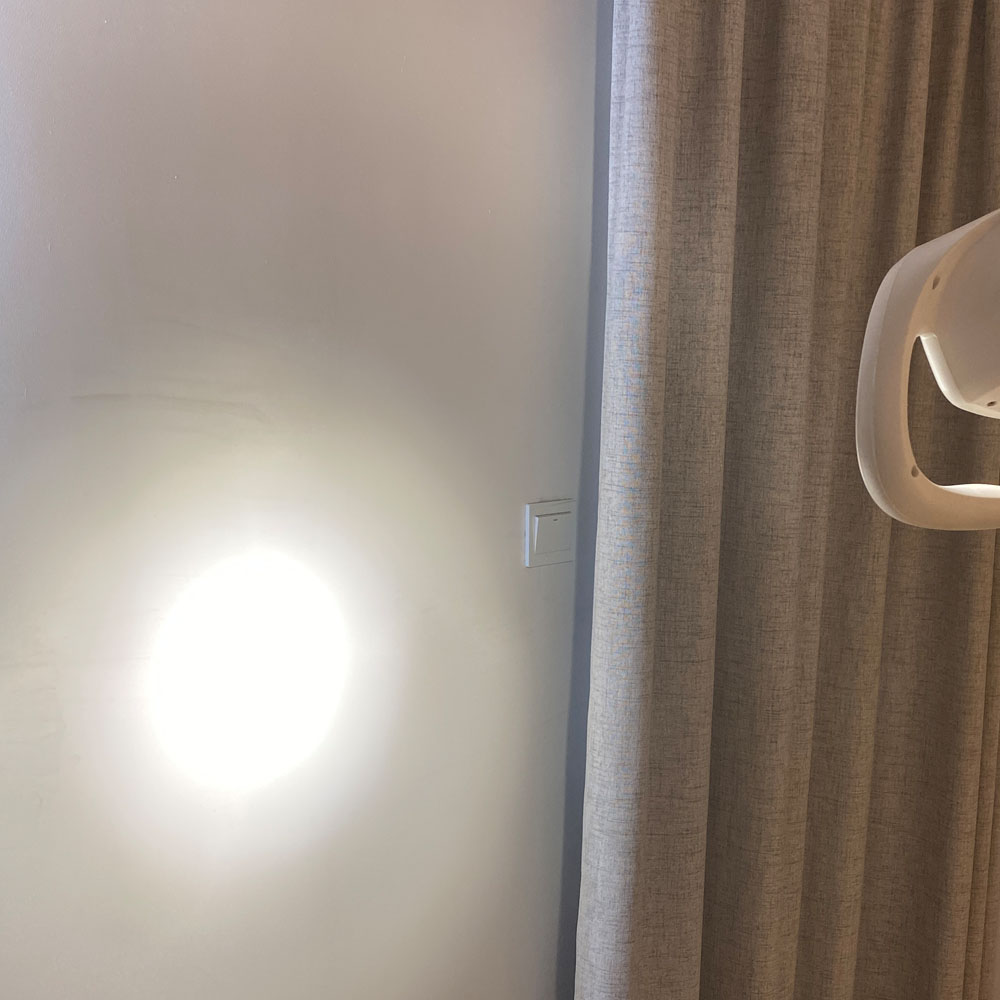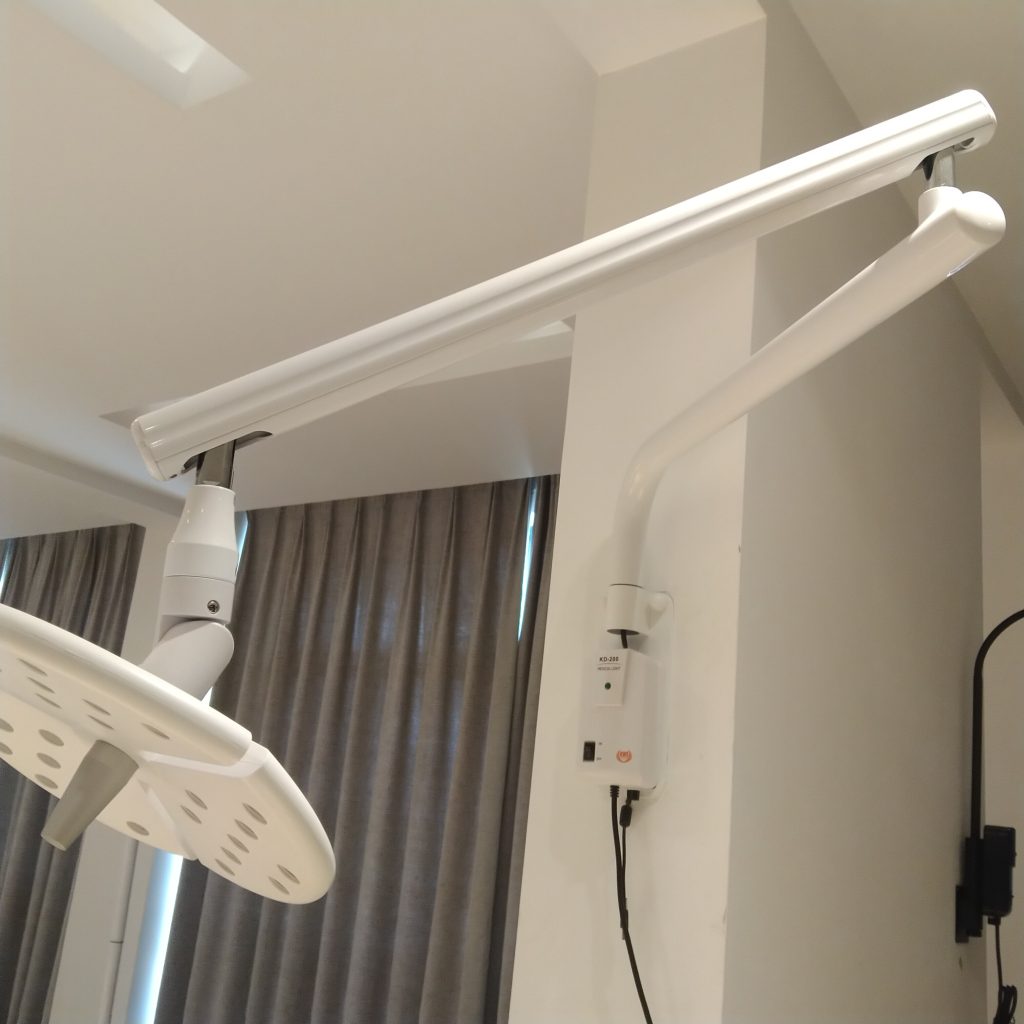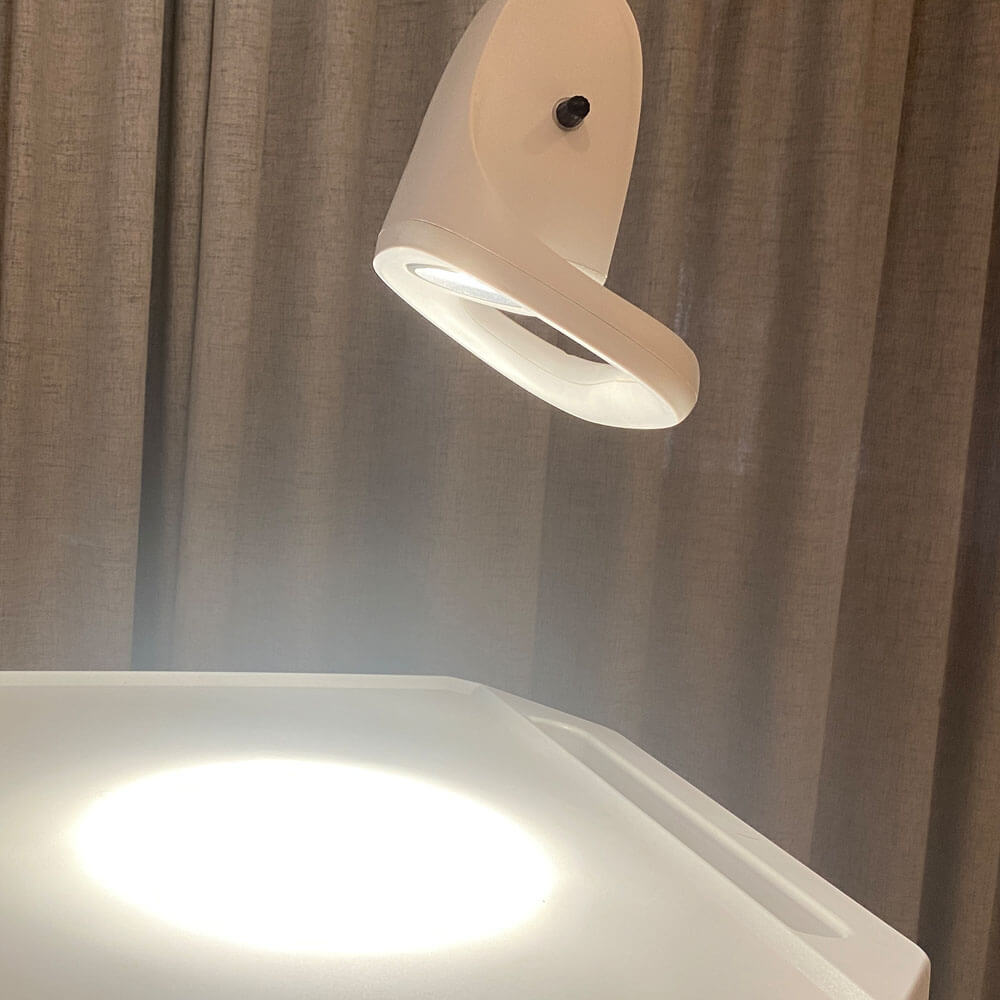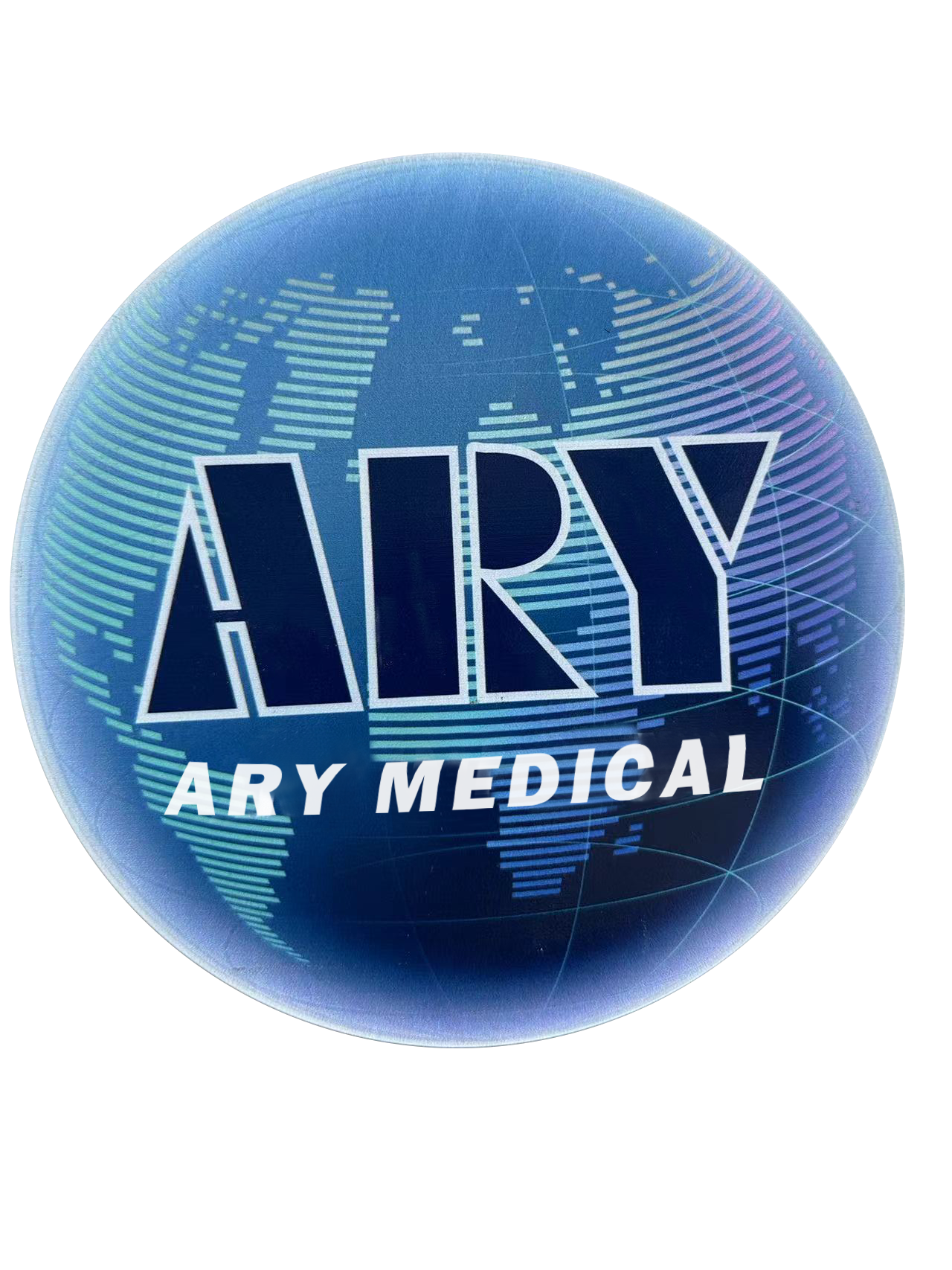In the rapidly evolving landscape of healthcare technology, few advancements have delivered such widespread benefits as the transition to LED medical lighting. This revolutionary technology has transformed everything from surgical lighting systems to examination lights, bringing unprecedented energy efficiency while simultaneously enhancing clinical performance. The convergence of sustainability and improved patient care represents a rare win-win scenario in healthcare technology adoption.
This comprehensive exploration examines how LED technology is revolutionizing medical illumination across healthcare settings, delivering environmental, economic, and clinical benefits that extend far beyond simple illumination.

The Evolution of Medical Lighting: From Incandescent to LED
To appreciate the transformative impact of LED technology, it’s helpful to understand the historical progression of medical light sources.
The Incandescent Era (Pre-1970s)
Early medical lighting relied primarily on incandescent technology:
- Inefficient energy conversion (approximately 10% light, 90% heat)
- Yellowish light with poor color rendering
- Limited lifespan requiring frequent replacement
- Significant heat generation causing discomfort in clinical settings
- Fragile filaments vulnerable to shock and vibration
These limitations directly impacted clinical care through:
- Distorted tissue color visualization
- Uncomfortable working conditions during extended procedures
- Frequent interruptions for bulb replacement
- Risk of minor burns from touching fixtures
- Limited positioning options due to heat concerns
The Halogen Transition (1970s-2000s)
The introduction of halogen technology represented a significant improvement:
- Improved efficiency (approximately 20% light, 80% heat)
- Whiter light with better color rendering
- Extended lifespan compared to incandescent
- Reduced but still considerable heat emission
- Enhanced brightness for detailed procedures
While halogen technology dominated medical lighting systems for decades, it still presented several challenges:
- Substantial heat generation requiring active cooling
- Relatively short lifespan (1,000-2,000 hours)
- Gradual color shift as bulbs aged
- Fragility issues during transportation and use
- Significant energy consumption
The LED Revolution (2000s-Present)
The introduction of LED lighting in medical applications has addressed virtually all previous limitations while introducing entirely new capabilities:
- Exceptional efficiency (approximately 80% light, 20% heat)
- Precise spectral control for optimal color rendering
- Extended operational lifespan (50,000+ hours)
- Minimal heat generation enhancing comfort
- Robust solid-state construction improving reliability
“The transition to LED technology was not merely an incremental improvement—it fundamentally changed how we approach medical illumination,” notes Dr. James Chen, Director of Surgical Innovation at Metropolitan Medical Center. “It solved multiple problems simultaneously while opening doors to capabilities we hadn’t even considered possible with previous technologies.”

The Science Behind LED Lighting: Understanding the Technology
Light Emitting Diode (LED) technology represents a fundamentally different approach to light generation compared to traditional incandescent or halogen sources.
Basic Principles of LED Illumination
LEDs generate light through a process called electroluminescence:
- When electrical current passes through a semiconductor material (typically gallium arsenide or gallium nitride)
- Electrons move across a junction between differently doped semiconductor regions
- This movement releases energy in the form of photons (light)
- The specific semiconductor materials determine the wavelength (color) of light emitted
This process differs fundamentally from incandescent technology, which generates light by heating a filament until it glows—an inherently inefficient process that produces more heat than light.
Advanced LED Configurations in Medical Applications
Modern medical LED lighting employs sophisticated configurations:
Multi-Chip Arrays
Contemporary systems utilize multiple LED chips:
- Arrays of 30-100+ individual LEDs in a single fixture
- Redundant design ensuring continued operation if individual LEDs fail
- Distributed light generation minimizing shadows
- Varied chip configurations optimizing light pattern
- Multiple color temperatures enhancing visualization
Phosphor Conversion Technology
White light in medical LEDs is typically achieved through phosphor conversion:
- Blue or UV LEDs excite a phosphor coating
- Phosphor emits broad-spectrum white light
- Specialized phosphor formulations optimize color rendering
- Multiple phosphor layers create specific spectral distributions
- Advanced coatings maintain performance throughout operational life
Optical Management Systems
Sophisticated optics enhance LED performance:
- Precision lenses focusing light without filtration losses
- Reflector designs optimizing pattern formation
- Diffusion systems ensuring homogeneous illumination
- Collimating optics maximizing light delivery efficiency
- Anti-glare technologies enhancing visual comfort
“The sophistication of modern medical LED systems extends far beyond simply replacing bulbs,” explains lighting engineer Dr. Sarah Johnson. “These are complex optical systems designed to deliver precisely controlled illumination optimized for specific clinical applications.”
Clinical Benefits: Beyond Energy Efficiency
While sustainability benefits often drive initial interest in LED technology, the clinical advantages have proven equally compelling for healthcare facilities.
Superior Color Rendering
Perhaps the most significant clinical benefit involves enhanced visualization:
Color Rendering Index (CRI)
CRI measures how accurately a light source reveals the true colors of objects compared to natural light:
- Traditional halogen lights typically achieve CRI values of 90-95
- Premium LED surgical lights now reach CRI values of 97-99
- This improvement enables more accurate tissue differentiation
- Enhanced visualization of subtle color variations
- Consistent color rendering throughout the LED’s operational life
“The difference between a CRI of 95 and 98 might seem minor, but in clinical practice, it can be significant,” notes Dr. Elena Vasquez, Chief of Surgery. “When distinguishing between healthy tissue and pathology, those additional color nuances can directly impact decision-making.”
Specialized Color Rendering
Advanced LED systems can optimize specific color ranges:
- Enhanced red spectrum rendering for improved blood vessel visualization
- Optimized yellow rendering for jaundice assessment
- Balanced spectrum for dermatological examination
- Specialized settings for ophthalmological procedures
Adjustable Color Temperature
Contemporary LED systems allow customization of color temperature:
- Cooler temperatures (5,500-6,500K) for enhanced contrast and detail visibility
- Neutral temperatures (4,000-5,000K) for balanced color representation
- Warmer temperatures (3,000-4,000K) for reduced eye fatigue during lengthy procedures
- Specialized settings for specific surgical specialties
“The ability to adjust color temperature based on procedure type and surgeon preference represents a significant advancement,” explains operating room director Maria Rodriguez. “Different specialties benefit from different light characteristics, and LED technology allows us to optimize for each situation.”
Shadow Control Technology
LED arrays dramatically improve shadow management:
- Multiple light-emitting points minimizing shadows from hands and instruments
- Overlapping light fields ensuring consistent illumination
- Deep column illumination maintaining visibility in cavity procedures
- Automatic compensation for obstructions
Reduced Heat Generation
The minimal heat output of LED technology delivers multiple clinical benefits:
- Enhanced surgeon and staff comfort during lengthy procedures
- Reduced risk of tissue drying during exposure
- Lower risk of minor burns from touching light fixtures
- Improved patient comfort during examinations
- Extended procedure times without temperature concerns
Sustainability Impact: The Environmental Case for LED
The environmental benefits of LED technology extend far beyond simple energy reduction, encompassing multiple aspects of sustainability.
Energy Efficiency Metrics
The efficiency improvements are substantial:
- 60-80% reduction in energy consumption compared to halogen equivalents
- Typical operating room lighting system energy reduction from 500W to 100W
- Examination light energy requirements reduced from 150W to 30W
- Further efficiency improvements through intelligent controls
- Reduced HVAC demands due to lower heat generation
“When multiplied across hundreds of fixtures in a typical hospital, the energy savings from LED conversion are remarkable,” notes healthcare sustainability consultant Emma Davis. “A 500-bed hospital can reduce annual lighting energy consumption by 300,000+ kilowatt-hours through comprehensive LED implementation.”
Extended Operational Life
The longevity of LED technology dramatically reduces resource consumption:
- Typical LED lifespan exceeds 50,000 hours of operation
- Halogen equivalents typically require replacement after 1,000-2,000 hours
- Reduction in manufacturing resources for replacement bulbs
- Decreased transportation environmental impact
- Reduced disposal volume and associated environmental costs
Reduced Material Hazards
LED technology eliminates several environmental concerns:
- No mercury content (unlike some fluorescent alternatives)
- Reduced use of rare earth elements compared to earlier generations
- Lower disposal impact at end of life
- Potential for component recycling
- Compliance with RoHS (Restriction of Hazardous Substances) directives
Carbon Footprint Reduction
The climate impact extends beyond operational efficiency:
- Direct energy-related carbon reduction of 60-80%
- Decreased embodied carbon through extended replacement cycles
- Reduced transportation emissions for maintenance
- Lower HVAC-related carbon emissions
- Potential for renewable energy integration due to lower power requirements
Economic Advantages: The Business Case for LED Lighting
While clinical and environmental benefits provide compelling reasons for LED adoption, the economic case further strengthens the argument for implementation.
Total Cost of Ownership Analysis
Comprehensive financial assessment reveals significant advantages:
Initial Investment Considerations
- Higher acquisition costs compared to traditional technology (typically 30-50% premium)
- Installation costs comparable to traditional systems
- Potential infrastructure savings due to lower power requirements
- Rebate and incentive opportunities from utilities and government programs
- Financing options specifically for energy efficiency improvements
Operational Cost Reductions
- 60-80% decrease in direct energy costs
- Maintenance labor reduction of 90%+ due to extended replacement cycles
- Elimination of replacement bulb expenses
- Reduced HVAC operational costs
- Potential insurance premium benefits from improved safety profile
Long-term Financial Impact
- Typical return on investment period of 2-3 years
- Net positive cash flow over 10-year analysis period
- Reduced capital expenditure frequency for replacements
- Lower life-cycle costs despite higher initial investment
- Hedge against future energy price increases
“The economic case for LED medical lighting has been conclusively demonstrated,” explains healthcare financial analyst Robert Park. “What was once viewed as a premium option is now recognized as the most cost-effective approach when analyzed over the typical 10-15 year lifecycle of lighting systems.”
Case Study: Community Hospital Implementation
The experience of Community Hospital, a 250-bed regional facility, illustrates the economic impact:
- Initial investment: $425,000 for comprehensive LED implementation
- Annual energy savings: $68,000
- Annual maintenance savings: $42,000
- Utility rebates received: $85,000
- Simple payback period: 3.2 years
- Net present value over 10 years: $580,000
- Internal rate of return: 28%
“The financial performance has exceeded our projections,” notes James Wilson, Chief Financial Officer. “While we initially focused on the sustainability benefits, the economic advantages have proven equally compelling, allowing us to redirect resources to other critical needs.”
Implementation Considerations: Ensuring Successful Adoption
Even with compelling clinical, environmental, and economic benefits, successful LED implementation requires careful planning and execution.
Needs Assessment and Planning
Comprehensive evaluation should include:
- Detailed inventory of current lighting systems
- Documentation of performance limitations in existing equipment
- Structured input from clinical users across specialties
- Prioritization of replacement based on clinical impact and efficiency gains
- Consideration of future facility development plans
Technical Specification Development
Key performance criteria should address:
- Illumination intensity requirements for different clinical areas
- Color rendering specifications (minimum CRI values)
- Color temperature requirements and adjustability needs
- Control interface preferences
- Integration requirements with other systems
- Mounting and positioning capabilities
Vendor Selection Considerations
Evaluation criteria should encompass:
- Technical specifications meeting clinical requirements
- Manufacturer reputation and market longevity
- Warranty terms and coverage
- Local service and support capabilities
- User references from similar facilities
- Compatibility with existing infrastructure
Implementation Strategy
Effective deployment approaches include:
- Phased replacement minimizing clinical disruption
- Pilot installations in representative areas
- Coordination with other renovation activities
- Comprehensive training for clinical and maintenance staff
- Performance verification and commissioning
“The success of LED implementation depends as much on the process as the technology itself,” notes clinical operations consultant Maria Rodriguez. “A thoughtful, phased approach with appropriate clinical involvement maximizes the benefits while minimizing disruption.”

Specialized Applications: Beyond General Illumination
While general surgical and examination lighting represent the most visible LED applications, specialized clinical needs have driven development of targeted solutions.
Endoscopy and Minimally Invasive Surgery
LED technology has transformed visualization in minimally invasive procedures:
LED Cold Light Sources
Cold light sources for endoscopy have benefited significantly from LED technology:
- Reduced size and weight compared to xenon predecessors
- Lower heat generation enhancing patient safety
- Extended operational life eliminating mid-procedure failures
- Consistent color temperature throughout service life
- Energy efficiency enabling battery-powered portable options
Integrated Illumination Systems
Advanced systems incorporate LED technology directly into instruments:
- Distal LED illumination eliminating light transmission losses
- Miniaturized LED arrays at instrument tips
- Battery-powered wireless operation enhancing maneuverability
- Specialized wavelengths for fluorescence-guided procedures
- Integrated camera and illumination systems
Phototherapy Applications
LED technology has revolutionized therapeutic light applications:
- Narrowband phototherapy for dermatological conditions
- Blue light therapy for neonatal jaundice
- Red light therapy for wound healing applications
- Photodynamic therapy for certain cancers
- Light therapy for seasonal affective disorder
Specialized Diagnostic Lighting
Unique diagnostic applications leverage LED capabilities:
- Wood’s lamp examination for dermatological assessment
- Specialized wavelengths for ophthalmological examination
- Transillumination devices for vascular visualization
- Fluorescence-enhancing illumination for dental diagnostics
- Narrow-spectrum lighting for specialized tissue assessment
Future Directions: The Continuing Evolution of LED Medical Lighting
The development of LED technology continues at a rapid pace, with several emerging trends poised to further transform medical illumination.
Intelligent Adaptive Systems
Next-generation systems will likely incorporate:
- Automatic adjustment based on procedure type and phase
- Machine learning algorithms adapting to surgeon preferences
- Integration with surgical navigation systems
- Predictive positioning based on procedure patterns
- Automatic compensation for ambient light changes
Enhanced Visualization Technologies
Future systems may include:
- Specialized wavelengths for tissue differentiation
- Integration with augmented reality displays
- Real-time tissue perfusion assessment capabilities
- Fluorescence-guided surgery enhancement
- Spectral optimization for specific pathology identification
Advanced Integration
Tomorrow’s LED lighting will function as platforms for:
- Environmental monitoring (temperature, humidity, air quality)
- Team communication systems
- Procedure timing and workflow management
- Comprehensive data collection for analytics
- Integration with robotic surgical systems
Sustainability Advancements
Environmental performance will continue improving through:
- Ultra-efficient LED technology further reducing energy consumption
- Recyclable and sustainable materials in construction
- Carbon-neutral manufacturing processes
- Circular economy approaches to end-of-life management
- Integration with renewable energy systems
Conclusion: Illuminating the Future of Healthcare
The adoption of LED medical lighting represents one of the most successful examples of technology simultaneously advancing clinical care, environmental sustainability, and economic efficiency. As these systems continue to evolve, they promise to further enhance healthcare environments through optimized illumination that serves patients, providers, and the planet.
For healthcare facilities planning new construction, renovation, or equipment upgrades, investing in state-of-the-art LED lighting technology delivers benefits that extend far beyond simple illumination—creating environments where energy efficiency truly meets clinical excellence.
In the words of Dr. Vasquez: “The quality of light in healthcare environments directly impacts our ability to provide optimal care. With LED technology, we’ve eliminated the traditional tradeoffs between performance, sustainability, and cost. It’s rare to find a technology that delivers such comprehensive benefits across all dimensions of healthcare delivery.”
This article is part of our comprehensive series on essential medical equipment. For more information on related topics, including surgical lights, exam lights, cold light sources, and integrated medical device solutions, explore our complete resource library.


